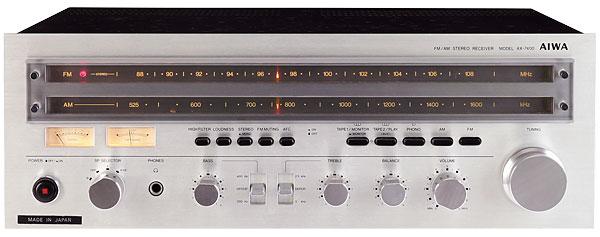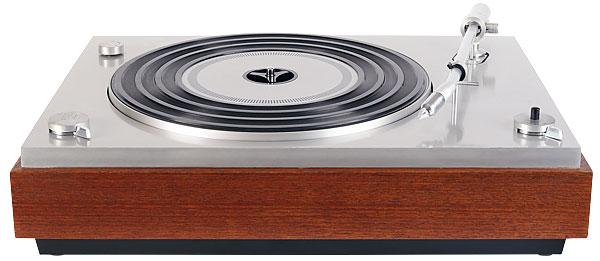Vintage
Sort By: Post DateTitle Publish Date
|
Jan 18, 2025 |
First Published: Dec 01, 2024
|
Jul 20, 2025 |
First Published: Jul 01, 2025
|
May 01, 2025 |
First Published: Apr 01, 2025

 In 1977, as Britain came alive to the sounds of jazz-funk and punk, a Japanese receiver arrived on UK shores promising unbeatable tech at the price. How does it sound now?
In 1977, as Britain came alive to the sounds of jazz-funk and punk, a Japanese receiver arrived on UK shores promising unbeatable tech at the price. How does it sound now?

 Available in two guises – with an integrated or pre/power amp – Aiwa’s system 30 is emblematic of an era when miniaturisation was in vogue. How does it stack up today?
Available in two guises – with an integrated or pre/power amp – Aiwa’s system 30 is emblematic of an era when miniaturisation was in vogue. How does it stack up today?
















